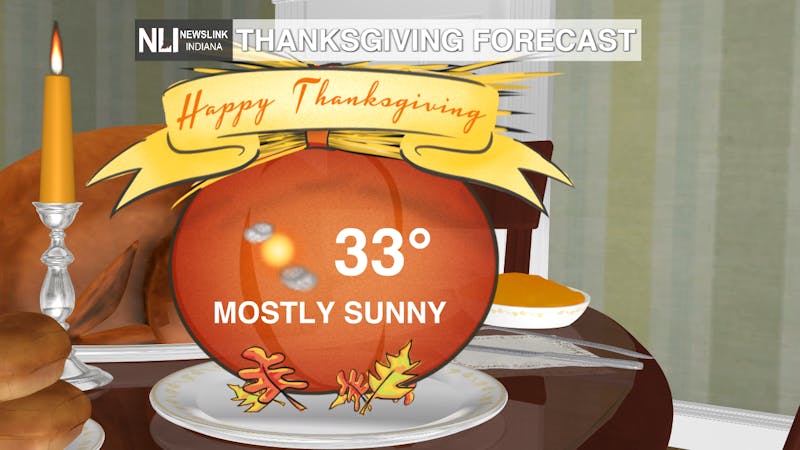MUNCIE, Ind. – The Ball State health building holds around fifty manikins, dozens of hospital beds and an abundance of medical supplies. These hands-on tools are used to teach future nurses and those in the health field how to tend to a realistic situation that may arise. Some of these manikins are very high tech, with a few of them costing around ninety thousand dollars. There is a mother manikin that can simulate birth, a geriatric manikin with veins like wrinkles and spots on its hands and feet, and a pediatric manikin that can make facial expressions, talk and move from the neck up.
“We have manikins that represent different cultures and diversities, different age groups,” said Dani Ely. “So we have infant manikins that cry and wiggle around all the way up to geriatric manikins that have wrinkles on their faces and age spots on their hands and feet.”
A simulation lab lasts anywhere between twenty and forty-five minutes. These simulations include vital changes, increases and decreases in health, and volunteers who pose as family members and friends. These volunteers range from Ball State students to community members. This hands-on experience for nursing students helps them prepare for future career situations.
“I can learn it and read about it in a textbook, or you can talk to me about it, but until I actually go practice that skill, or do that, or go through that scenario, or see what that case study looks like in real life, that’s where they learn,” said Karrie Osborne.
These simulations, while not real life, get as close as they can to the real thing. Both physical, with hands-on, and virtual reality experiences, help these students to engage in the program. It allows the students to get a better idea of what they may experience in the field.
“One of our students came back and said I knew how to take care of this patient, and I knew the protocols, and I knew how to follow the protocols to take care of this patient because I had done the simulation when I was here as a student,” said Osborne.
These simulations continue to allow students to gain hands-on experience and train for situations that may come. After each simulation is a debriefing, which allows time for discussion and reflection. Not all news is easy to give, and some reactions may be hard to see. This time is used to help talk more about things like these. Volunteers may also give some input as well.
Contact Stephanie Weaver with comments at stephanie.weaver@bsu.edu












